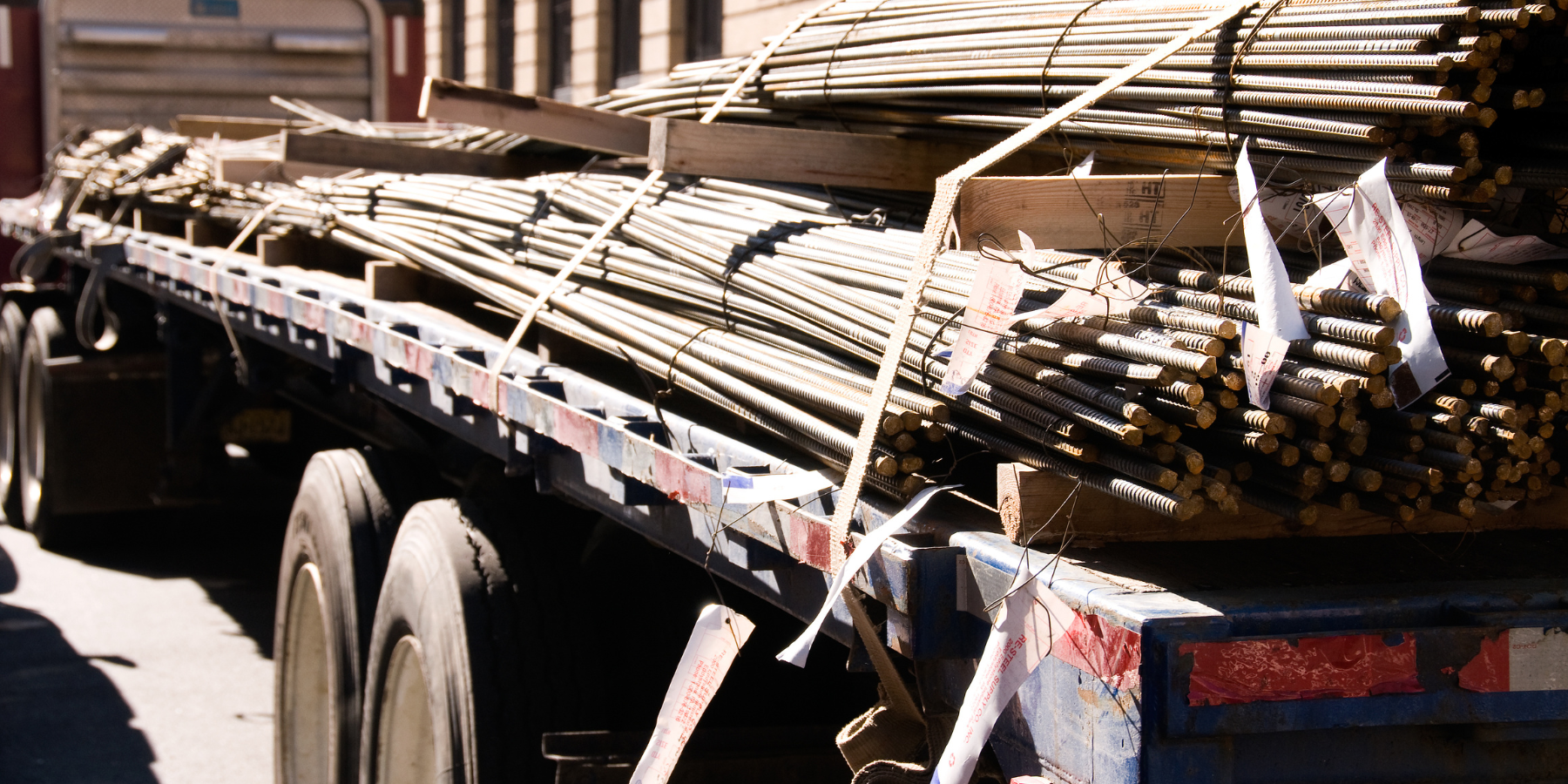Hotshot Trucking 101

Looking to get into hotshot trucking? We’ll go over the basics of what you need to know in order to get you knowledgeable and ready to roll. Welcome to Hotshot Trucking 101.
Hotshot Vehicle Types
Hotshot trucking is a unique and fast-growing component in the commercial trucking industry that typically involves carrying relatively smaller, time-sensitive loads to accessible locations. This type of trucking will usually involve a one ton dually pulling a gooseneck trailer, but the make and model of the vehicle and trailer can vary from trucker to trucker. Here are a few examples of the different types of trucks used in hotshot trucking.
- Class 3 (14,001-16,000lbs) – Examples include: Ram 3500, GMC Sierra 3500, Ford E-350, Ford F-350
- Class 4 (16,001-19,500lbs) – Examples Include: Ram 4500, GMC 4500, Ford E-450, Ford F-450
- Class 5 (19,501-26,000lbs) – Examples include: Ram 5500, GMC 5500, Ford F-550, Peterbilt 325
One of the benefits of these smaller vehicles, compared to semi-trucks, is that they can be maneuvered into certain areas that the larger vehicles would not be able to drive into.
Hotshot Trailer Types
Hotshot truckers will typically haul goods using a gooseneck trailer which are used to haul flatbed commodities such as lumber, building materials, and construction equipment. These trailers can also be used to haul dry goods or general freight such as paper and plastic goods, clothing, department store products, bottled water, etc. Many hotshot truckers will haul using a variety of trailers to haul various types of goods or commodities. Some hotshots will even ditch the gooseneck and flatbed commodities altogether and pull vehicles on an auto trailer. Here are a few of the common trailers pulled by hotshot truckers.
- Bumper Pull Trailers: Bumper Pull Trailers are a very common type of trailer used by not only commercial drivers, but also by civilian drivers to haul small loads of items. These trailers are usually smaller than a gooseneck trailer but because of the size difference, they are also less expensive. With the smaller size comes some additional risks such as, less stability, loss of control, less space for materials or items, and more trailer sway than other types of trailers. For these trailers you will have to make sure your vehicle is weighted properly to avoid some of these risks.
- Gooseneck Trailers: Rated high for their stability, limited swaying, and tighter turning radius, gooseneck trailers are the go-to trailer for most hotshot trucking operation. These trailers are longer than bumper pull trailers and will typically be about 40ft in length. This extra length allows for the hauling of larger loads which means, you will be able to haul more loads at a time. Although there are many benefits to pulling these trailers, there are some things to consider. With this trailer’s extra size, it is likely that loads on a gooseneck trailer will be considered commercial and will therefor require further training and licensing.
- Deck-Over Trailers: While these can be used both commercially and recreationally, deckover trailers offer unique advantages for hotshot drivers. They are great for heavier hauls (tractors, cars, construction equipment, etc.). The wider deck allows you to haul more at a time. Whether that means pulling bigger loads or pulling more loads, that decision is completely up to you. These trailers have decks that are not very high off of the ground which in turn means you will have shorter ramps so you will need to keep that in mind when loading and unloading material.
- Lowboy Trailers: If you’re thinking about hauling heavier loads, this may be the trailer for you. Lowboy Trailers are able to haul the heaviest loads due to their low center of gravity, which gives lowboys very good stability. Loading and unloading on this trailer type is usually very easy and convenient and that’s because when the trailer is detached from the truck, it lays flat on the ground. Another benefit to these trailers is that since they are relatively low to the ground, they can help you to clear the height restrictions in most states. While these trailers are very useful at hauling the heaviest loads, they are not so useful when it comes to hauling more material since they are not very spacious.
Hotshot Commodity Types
Along with the freedom to choose from a selection of trailers, hotshot trucking also allows for different load options. Here are some of those options.
- Flatbed Commodities – Building Materials, Construction Equipment, Lumber, pipe, etc.
- Dry Goods/General Freight – Paper Goods, Plastic Goods, Dry unrefrigerated foods, department store merchandise, clothing, etc.
- Vehicles – Automobiles such as cars and motorcycles
As you can see, hauling loads as a Hotshot Trucker allows you to be very flexible in almost every aspect, from what you’re hauling, to what you’re hauling with, and even where you’re able to haul. These are just some of the basics of hotshot trucking. Keep in mind that there are other things to consider that come into play with any type of trucking. With hotshot trucking you want to make sure you know whether or not you’ll need certain additional training and licensing. Stay tuned for more in-depth information about hotshot trucking here at the Gold River Insurance blog.
Need a Hotshot Insurance Quote For Your Authority?
Speak to one of our trained USDOT, Licensed Transportation Insurance professionals
Click Here For A Free Hotshot Quote